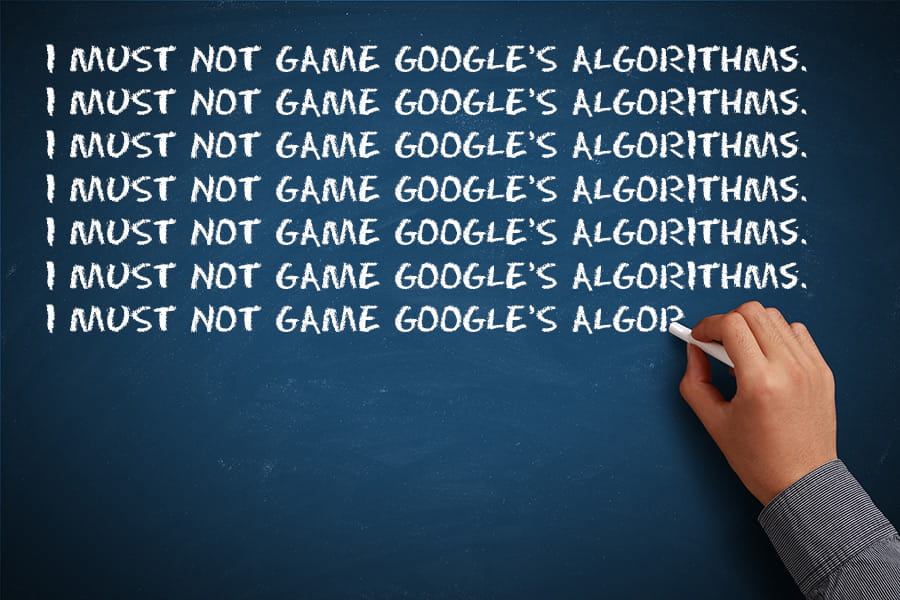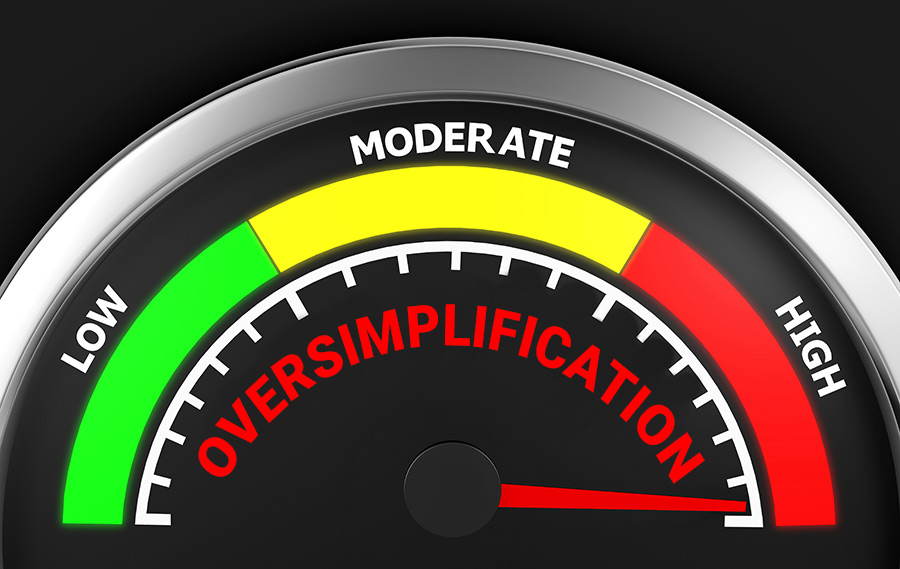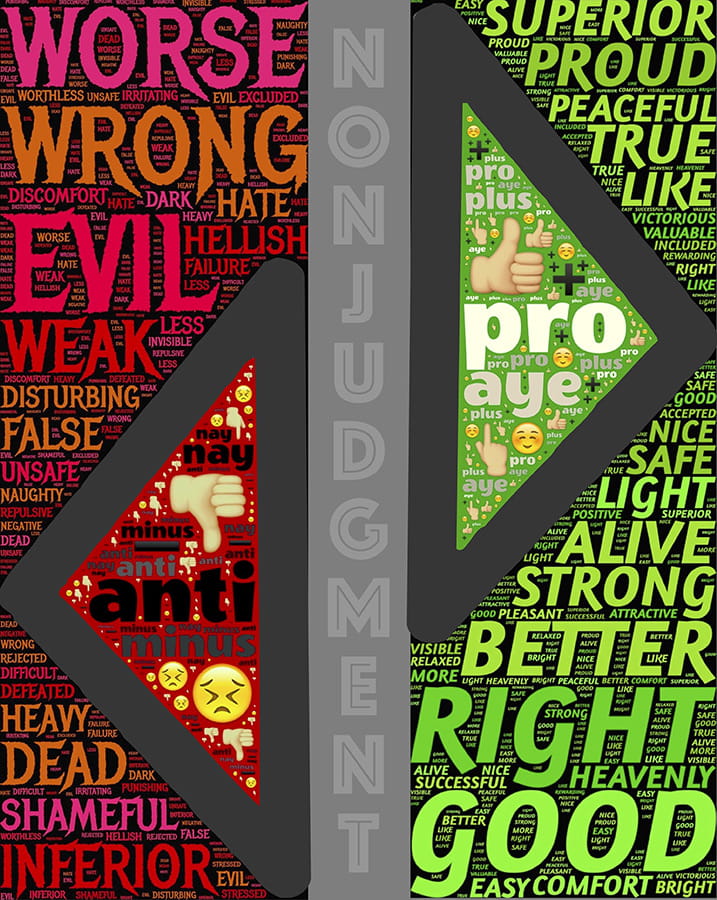
 According to Google: "Google issues a manual action against a site when a human reviewer at Google has determined that pages on the site are not compliant with Google's webmaster quality guidelines."
According to Google: "Google issues a manual action against a site when a human reviewer at Google has determined that pages on the site are not compliant with Google's webmaster quality guidelines."
In this strategy guide we are examining the painful process of recovering from a Manual Link Action, a high-severity Google penalty for inbound links to the affected website.
If your online business relies on Google’s organic search rankings to send you visitors and customers, a Manual Action Notification from Google is about the worst thing you can find in your inbox. Being issued such a penalty means your site’s search rankings will have disappeared overnight, along with all their associated revenues. Armament's specialists have personally dealt with penalties that cost the offending company $500,000 per month in lost profits, while the penalty was in place... not turnover, actual profits.

 Googling the subject of “Manual Action Recovery” yields such clickbait headlines as ”Get Your Manual Link Penalty Revoked in 6 Easy Steps” and ”How to Fix a Manual Penalty in 5 Simple Steps”. These headlines invariably lead into brief, five to six hundred word articles that outline the remedial process in excessively simplistic terms and are of no use whatsoever if you’re looking for actual advice about getting a manual action against your own website lifted.
Googling the subject of “Manual Action Recovery” yields such clickbait headlines as ”Get Your Manual Link Penalty Revoked in 6 Easy Steps” and ”How to Fix a Manual Penalty in 5 Simple Steps”. These headlines invariably lead into brief, five to six hundred word articles that outline the remedial process in excessively simplistic terms and are of no use whatsoever if you’re looking for actual advice about getting a manual action against your own website lifted.
In truth there’s nothing simple about dealing with a manual action for ”Unnatural Links to your Site”. Recovery is a protracted undertaking that takes time, effort, and expertise.
To begin with, it’s important that you understand why Google resorted to the drastic measure of manually excluding your website from its search results. Without cognizance of the underlying causes, any action you take to alleviate the situation will be uninformed and likely to cause more harm than good.

 At the algorithmic level, Google is a complex animal. You’ve probably heard of Googlebot, the search giant’s omnipresent web crawler, which is whimsically portrayed as a Snaggletoothed Cartoon Robot in Google’s documentation. This bot periodically visits your website, checking to see what’s changed and what’s been added to or removed from your site. While it’s there it copies everything it finds and sends it back to its homebase, where Google’s algorithms take over and perform their various tasks to ascertain your content’s topic, depth, relevance, and overall value vis-a-vis your website’s niche or market sector.
At the algorithmic level, Google is a complex animal. You’ve probably heard of Googlebot, the search giant’s omnipresent web crawler, which is whimsically portrayed as a Snaggletoothed Cartoon Robot in Google’s documentation. This bot periodically visits your website, checking to see what’s changed and what’s been added to or removed from your site. While it’s there it copies everything it finds and sends it back to its homebase, where Google’s algorithms take over and perform their various tasks to ascertain your content’s topic, depth, relevance, and overall value vis-a-vis your website’s niche or market sector.
Although it’s not common knowledge, Google is actually able to rebuild its entire search index in just ten seconds¹. Google even calls this "The Ten Second Index."
That’s hundreds of billions of web pages on the public Internet, updated in Google’s index, in ten seconds. During this time Google also builds an accurate picture of the Internet's link structure and flags those links that fail the quality check.
Of course Google cannot accomplish such a mindbogglingly complex and globe-spanning task with a single search crawler. That would make Googlebot more powerful than Santa Claus, who needs 24 hours to do his job. There are of course countless iterations of Googlebot traversing the Internet at any given moment, busily crawling and indexing all publicly available information online, and sending it back home to Mountain View, CA, to feed the index.

 It helps to picture Google’s algorithmic components as a series of layers, like the strata found in sedimentary rock faces. Each of these layers delves deeper into the search giant’s inner workings and each is endowed with a different set of functions.
It helps to picture Google’s algorithmic components as a series of layers, like the strata found in sedimentary rock faces. Each of these layers delves deeper into the search giant’s inner workings and each is endowed with a different set of functions.
That’s where we come back to link penalties, because there are several layers of automation above the “Manual Action” segment of the penalty operation. The first will run a cursory scan for certain anomalies in the link profile’s nature. If these are flagged, a secondary layer will conduct a deeper, more thorough assessment of the profile. So it continues, layer after layer of checks. This is where continuously worsening algorithmic markdown enters the frame if flags are tripped, with progressively more pronounced negative effects on the target site’s SERP performance, as your inbound links are examined and judged in ever greater depth.
At the base of these strata sits the Manual Action Review Team. They are the final links in the chain of components that leads to your website being penalized for ”Unnatural Inbound Links”.
Every site has one... and by the time a Googler "Manually Flicks this Life or Death Switch" on yours, Google has scrutinized your website’s inbound link profile for some time both algorithmically and through its employees, culminating with a cascade of events triggered in "just ten seconds".
If you’ve drawn Google’s ire sufficiently for your site to receive a manual action, you won’t get away with simply saying you’re sorry. Before it restores your site to its index, Google wants to see active contrition on your part. It wants to see you put an equivalent amount of effort into fixing the situation to that expended in its creation.
In the Company’s own words²: “If you get a Manual Link Action we have seen enough low quality or spammy links to your site that it's affected Google's opinion of your entire site.”
Overview of what the Manual Action Review Team expects from you:
Pro-Tip: Recovery is a protracted undertaking that takes time, effort, and expertise. Anyone who tries to tell you that lifting a Manual Link Action is easy, is selling automated snake oil.

 Every single automated tool out there will flag the REALLY BAD links and the REALLY GOOD ones. They will work just fine at either end of the link scale. Put them anywhere in the grey area, where the line between wholesome and toxic begins to blur, and they'll start to return false positives/negatives in both directions.
Every single automated tool out there will flag the REALLY BAD links and the REALLY GOOD ones. They will work just fine at either end of the link scale. Put them anywhere in the grey area, where the line between wholesome and toxic begins to blur, and they'll start to return false positives/negatives in both directions.
This "Fog of War" exists - to varying degrees - in every single automated link tool. One, however, stands apart from the crowd for the precision of its link quality assessments, Majestic.
Majestic outperforms others. By adding a "TrustFlow" metric to its "CitationFlow" data, Majestic reliably cuts the grey area of uncertainty down from 30% - 40% of a link profile, to 5% - 10%. Depending on the size of your link profile, this can save days of manual link auditing. along with the associated manhours and costs.
Ultimately it’s ALWAYS better to conduct the link audit segment of a manual action remediation by hand”. Make no mistake; of course we use Majestic to help us do the job. But we ALWAYS determine the final link removal list by hand, based on actual expertise instead of blind faith in a machine.
These are the CliffsNotes on Link Penalty Recovery, providing a 101 foundation on the subject. The entire process is laid out in detail, together with example spreadsheets and reconsideration request templates, in our expanded strategy guide: Link Penalty Remediation
Our team of specialists terminates toxic links and lifts manual actions.

Sources: